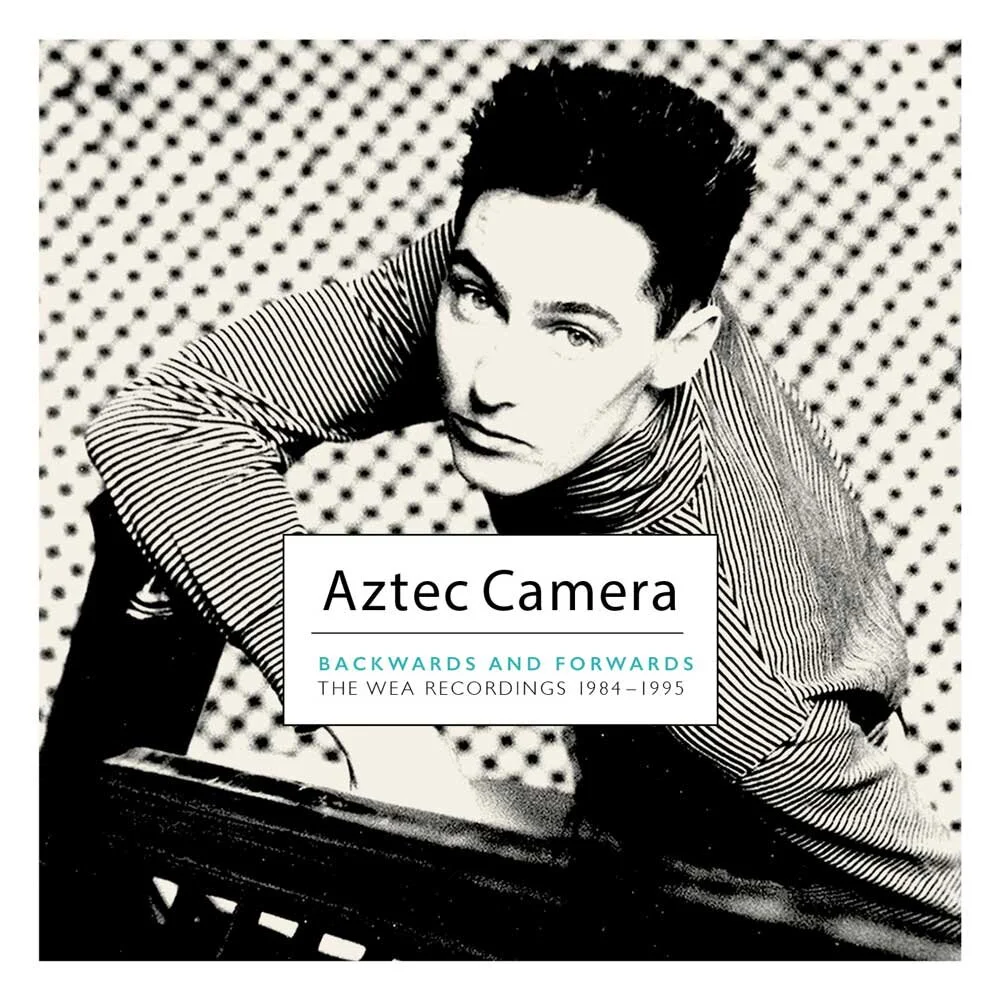NFT: Paper boat
The NFT has been in the news recently. From the sale of a collage called Everydays: the first 5000 Days, by the artist Beeple which sold for $69,400,000 through the Christie’s auction house on March 12, 2021, through to the eagerly antisipated NFT project by Damian Hirst called The Currency Project in collaboration with NFT platform Palm. (This project has just launched, more info here.)
Not one to be left behind, Le Document minted the Paper boat image as their first NFT which entitles you to an A4 print of Paper boat. Co-editor Chris Tosic supplies more details about the NFT concept and how to get your hands on the print …
What is an NFT?
Put simply, an NFT is a unique digital asset. NFT stands for Non-fungible token, which means it cannot be exchanged or substituted. A good example of this in the real world is something like the Mona Lisa, there is only one Mona Lisa and it is verified to be the Mona Lisa. People can have a copy of it but they can’t actually own the verified unique assets of the original painting by Leonardo da Vinci.
Examples of fungible items
Fungible items can be substituted or exchanged. So things like the US dollar can be exchanged for another US dollar. Gold you can exchange with other pieces of gold because it is not uniquely identifiable. Something like bitcoin is fungible in the digital world, meaning I could trade you one bitcoin for one of your bitcoin. This is because they are valued at the same amount and they’re not uniquely identified.
Examples of non-fungible items
So what are some other examples of things that aren’t fungible? We know that with the Mona Lisa there is only going to be one Mona Lisa. Likewise, something like a house. There is only going to be one house, with that specific location in the world. A trademark on a word or term or an image or even a patent on a product is non-fungible. Meaning you own the rights to use or make that product. The trademark itself is just a ledger of who actually owns the rights to that product. Moving further into the digital world with the NFT, you have something like crypto punks which was the worlds first non-fungible tokens. These crypto punks were set out in a very limited quantity, there were about 10,000, and each of these crypto punks could be verified as to who owned it and therefore they became the worlds first unique digital assets.
So what makes these digital assets unique?
The answer to this question is the real crux of this discussion. How do we know who owns the original piece of artwork? Well this is where the token word comes in. The token is the digital certification of who owns it and this certification is public knowledge, on a public ledger, meaning you can track the ownership and the location of the ownership of who owns that digital asset. This database is what we refer to as the blockchain. So put simply; NFTs are digital assets, that are publicly verifiable intellectual property, authenticated on the blockchain.
Royalties baked into the NFT
One of the biggest advantages of the NFT is the concept of royalties that are written into the contract of each NFT. These can be set by the creator and they allow for a percentage of the future sale price in the secondary NFT market to go directly back to the artist/creator of the NFT.



